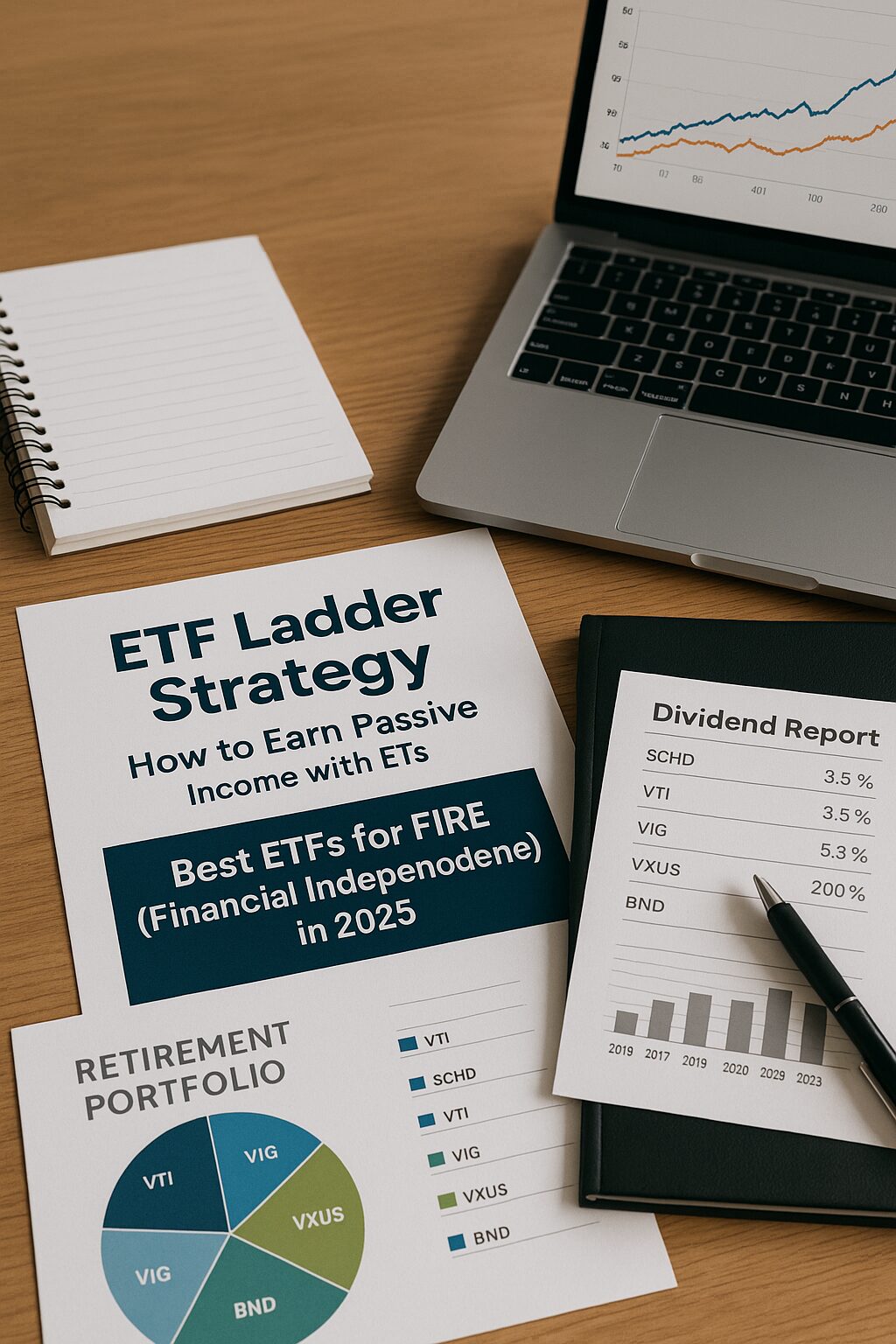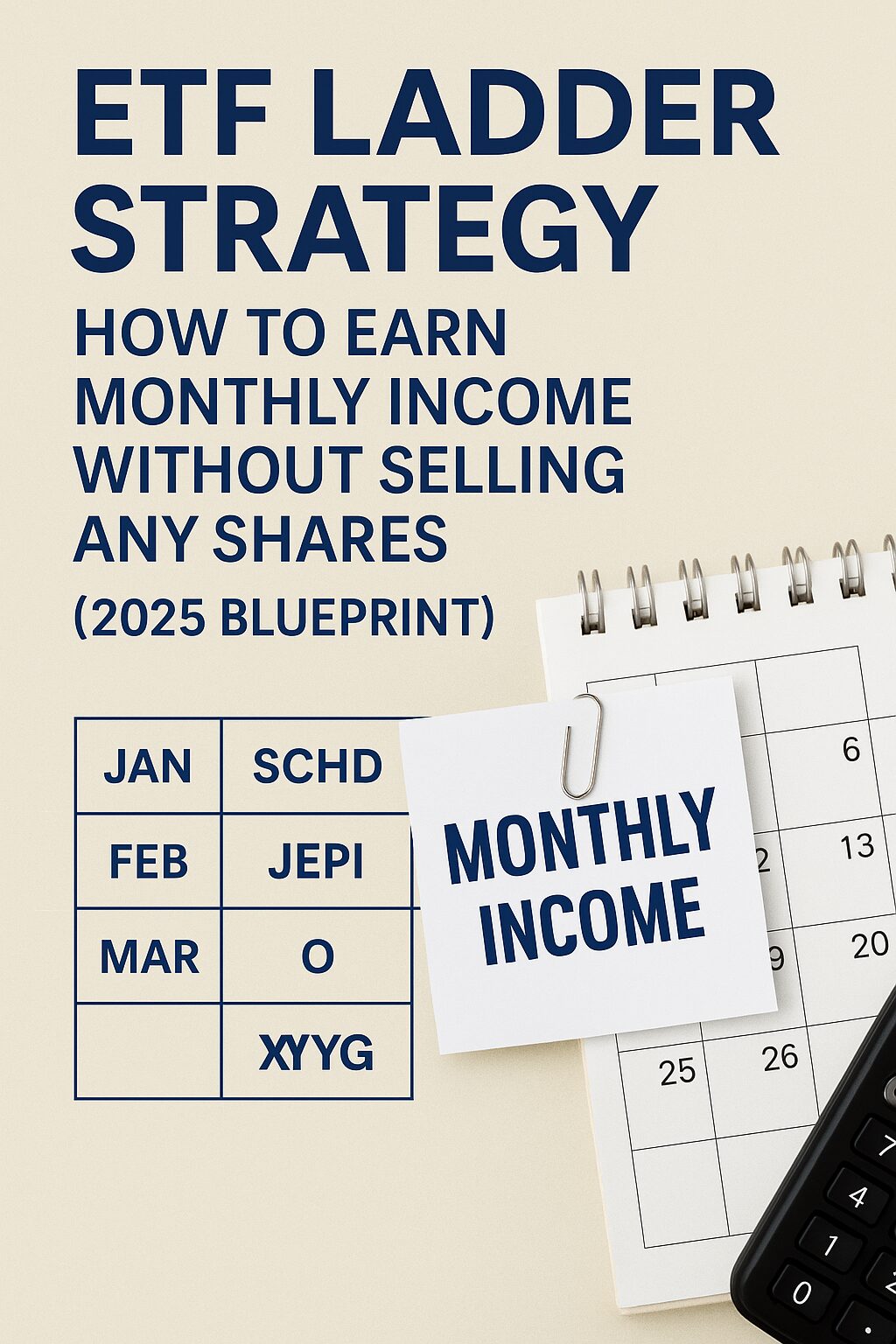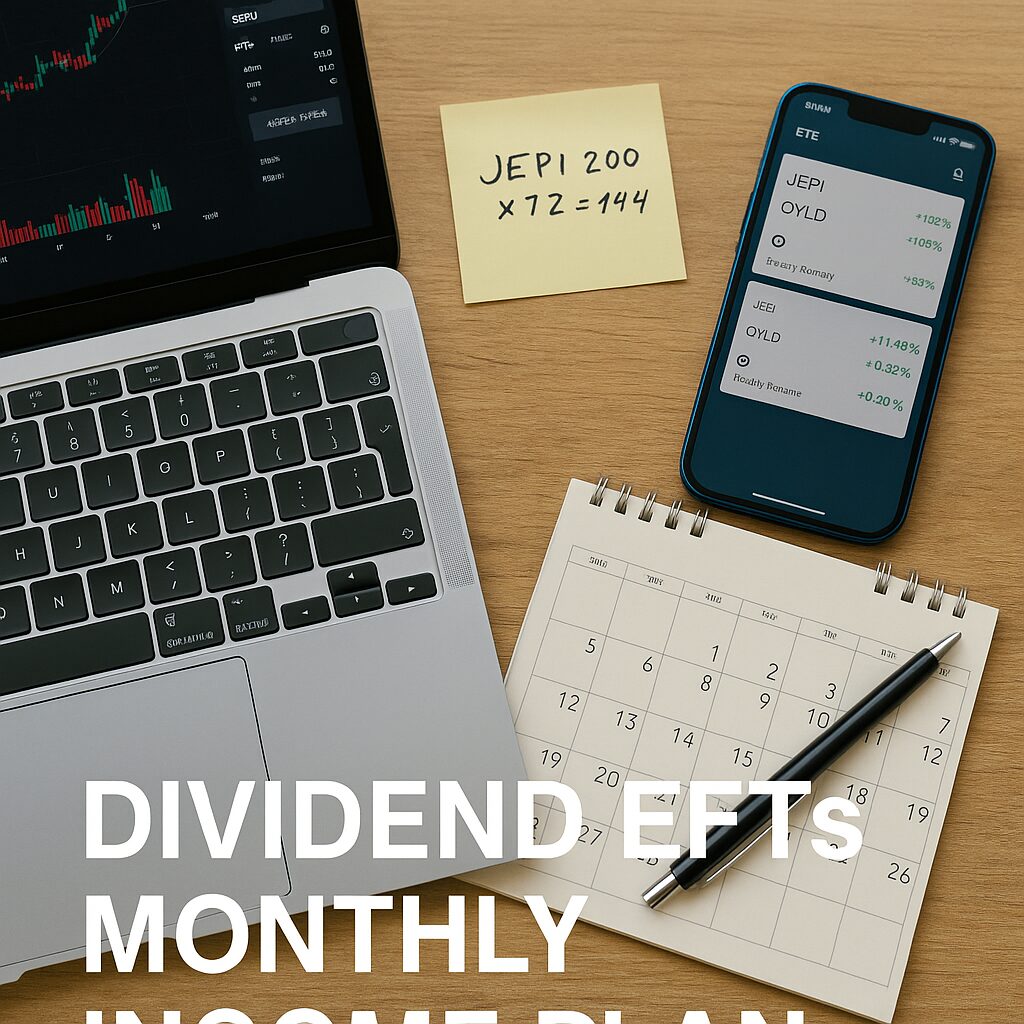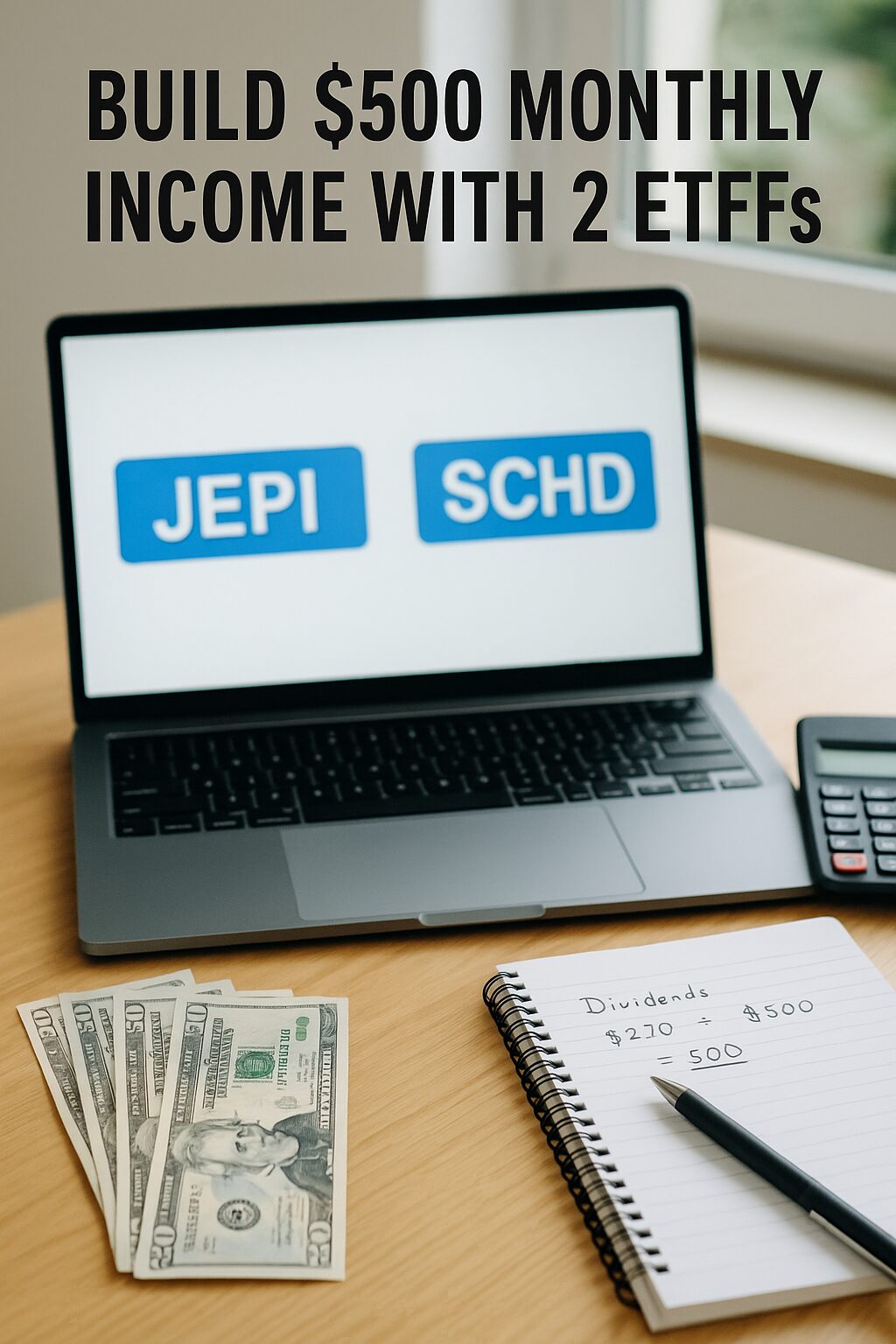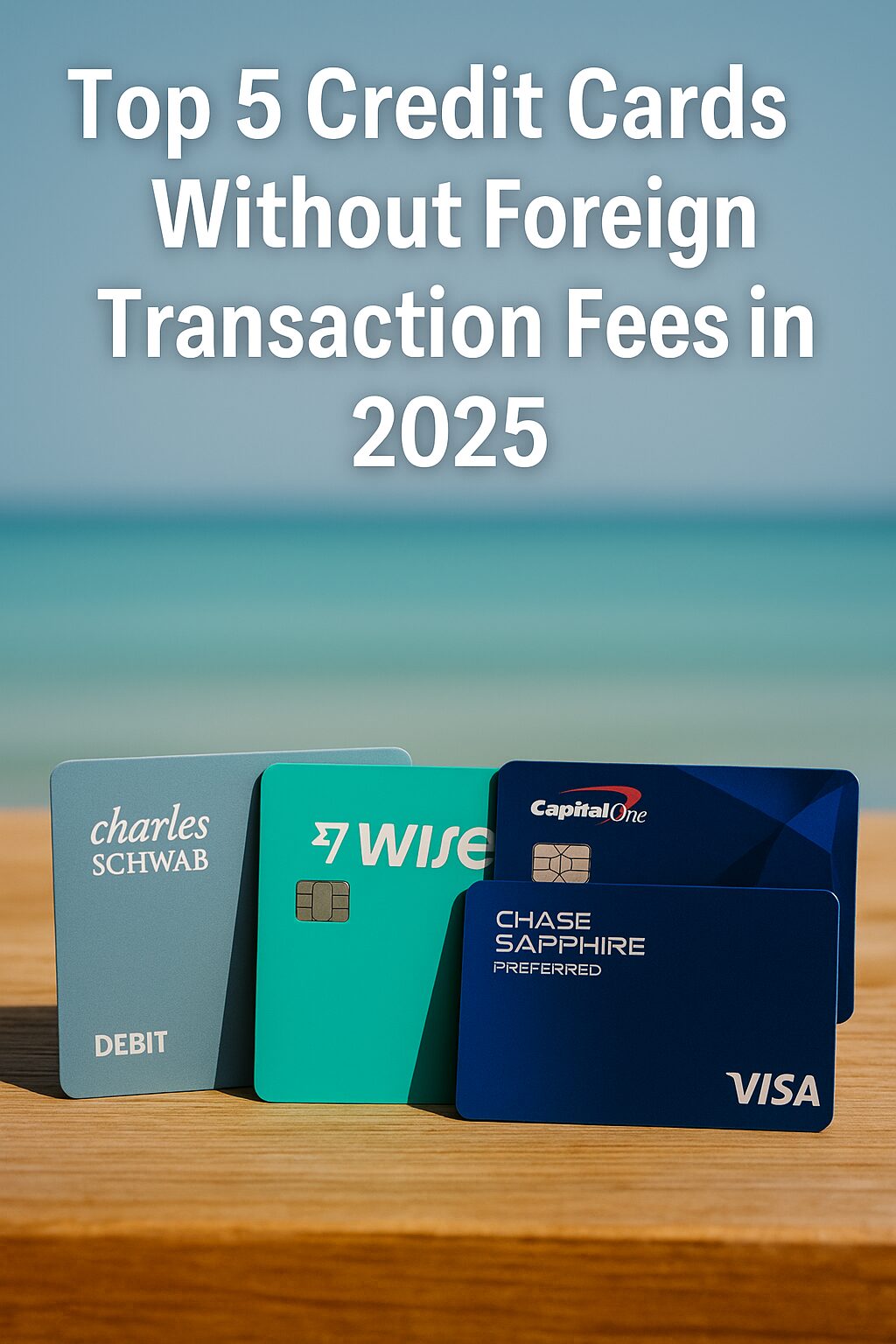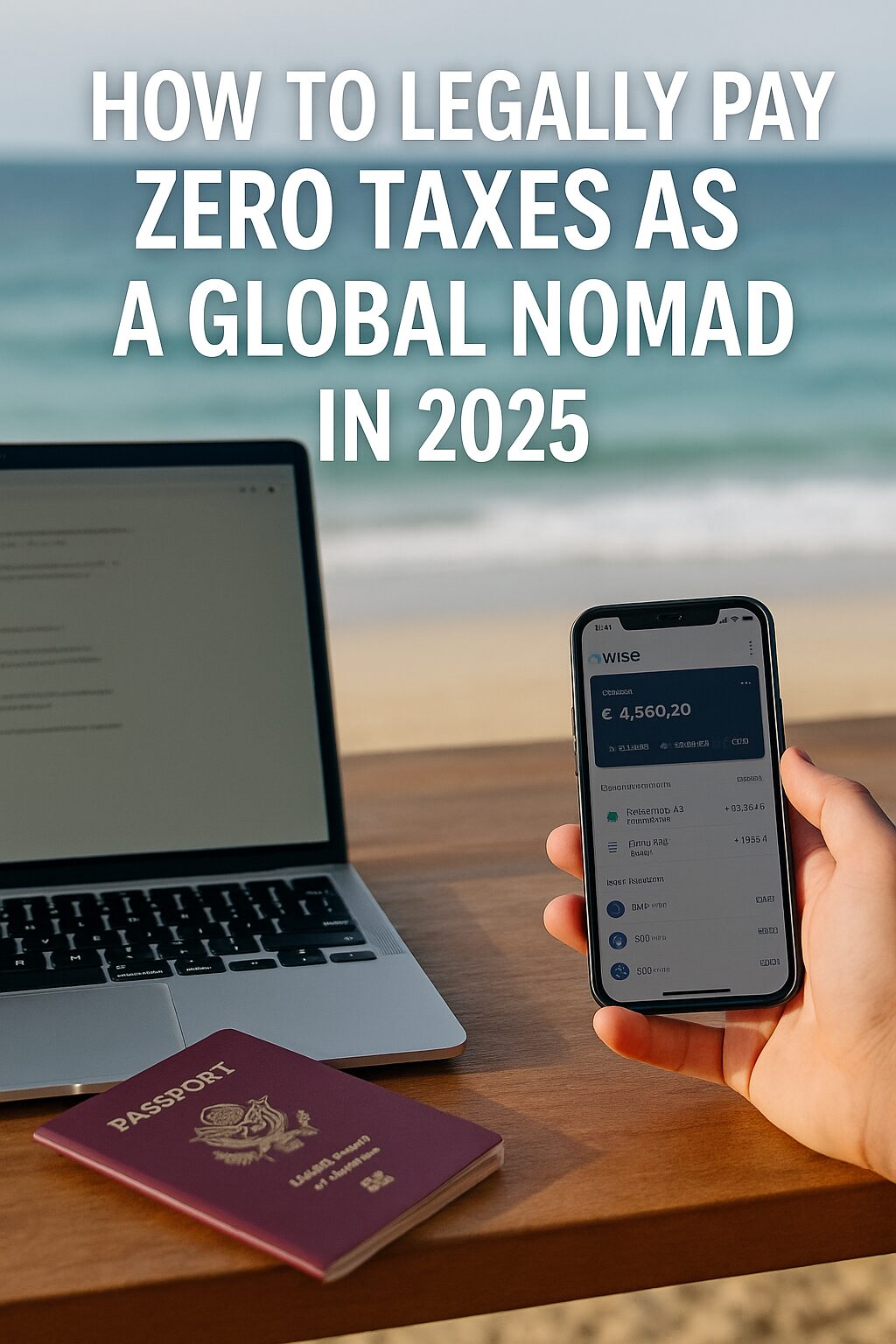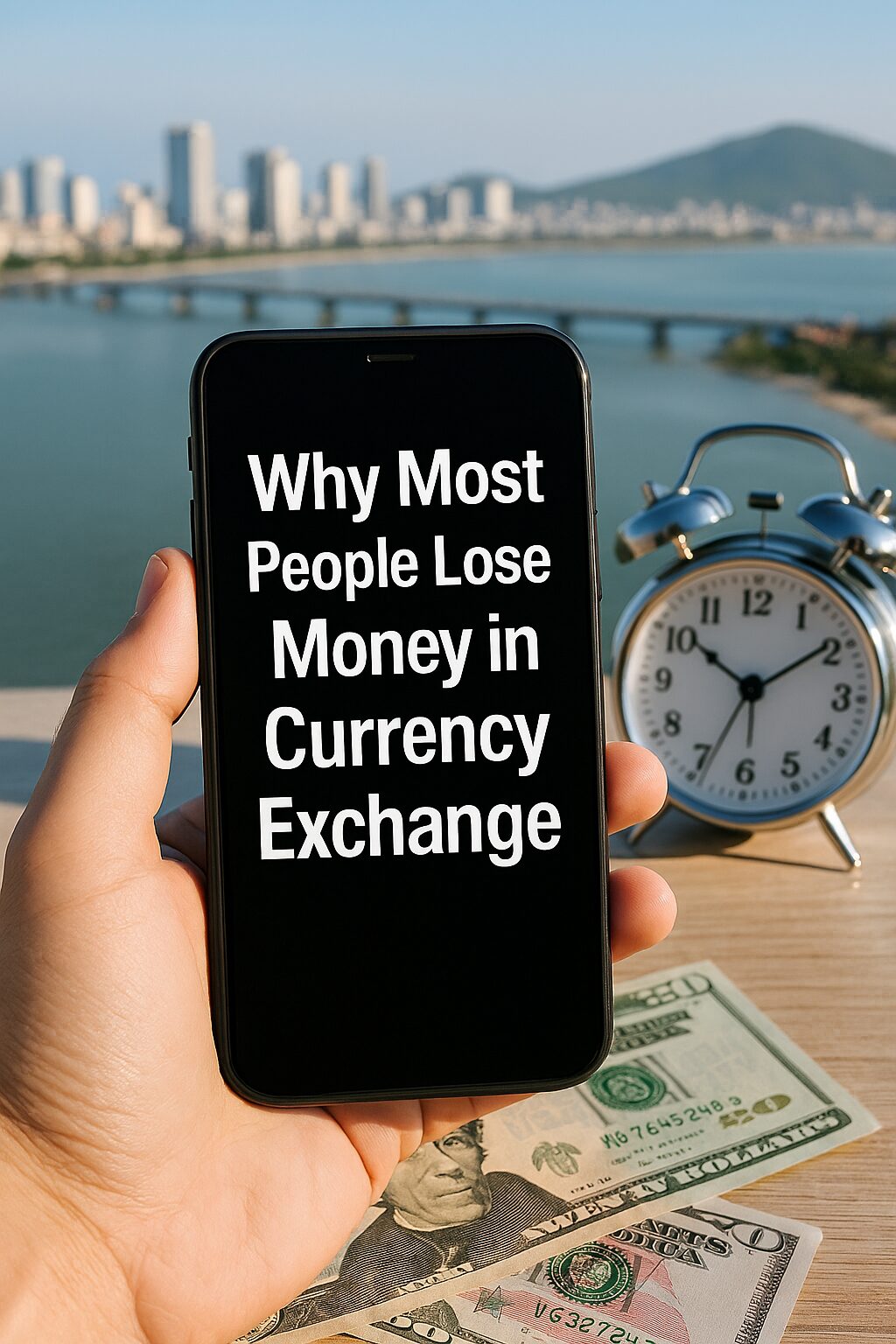Subtitle: Build Long-Term Wealth with These 5 Strategic ETFs—Even If You’re Starting Small
Introduction: Why FIRE Needs the Right ETFs
FIRE—Financial Independence, Retire Early—is no longer a niche movement. With inflation rising, traditional pensions disappearing, and job stability declining, more people than ever are seeking long-term passive wealth. But there’s a challenge: how do you build serious income without needing to actively trade or micromanage your portfolio?
The answer? A strategic set of ETFs designed for FIRE. These are low-cost, tax-efficient, and proven to outperform most actively managed funds over time.
This guide will show you how to structure a FIRE-focused ETF portfolio using only 5 smart ETFs.
Section 1: What Makes an ETF Ideal for FIRE?
Let’s clarify the core principles:
- Low expense ratio: Even 0.5% annual fees can destroy long-term compounding.
- Dividend growth potential: So you don’t just live off capital gains.
- Global exposure: For inflation hedging and currency diversification.
- Liquidity and DRIP support: To automate reinvestment and minimize idle cash.
We’ll rate each ETF in this guide based on these criteria.
Section 2: The FIRE 5 ETF Portfolio Breakdown
Here’s the core portfolio used by top FIRE influencers and long-term investors:
1. VTI – Vanguard Total Stock Market ETF
- Expense Ratio: 0.03%
- What It Covers: Entire U.S. equity market (large, mid, small caps)
- Why It Works: Captures long-term U.S. economic growth.
- Strategy: Set-it-and-forget-it. Just keep buying every month.
- FIRE Fit Score: ★★★★★
Real-Life Example:
Mr. Money Mustache’s followers often cite VTI as the only ETF they need. A $100K investment in VTI since 2010 has grown to over $350K.
2. SCHD – Schwab U.S. Dividend Equity ETF
- Expense Ratio: 0.06%
- Dividend Yield: ~3.5%
- Why It Works: Focuses on high-quality, dividend-paying U.S. stocks.
- Bonus: Strong dividend growth.
- FIRE Fit Score: ★★★★☆
Use Case:
A perfect “cash flow” piece in your FIRE portfolio to eventually replace salary income.
3. VIG – Vanguard Dividend Appreciation ETF
- Expense Ratio: 0.06%
- Strategy: Targets companies with 10+ years of increasing dividends
- Why It Works: Less volatility, reliable growth
- FIRE Fit Score: ★★★★☆
Pro Tip:
VIG is great for reinvestment. Pair it with SCHD for a balance of yield + growth.
4. VXUS – Vanguard Total International Stock ETF
- Expense Ratio: 0.07%
- Coverage: Non-U.S. developed + emerging markets
- Why It Works: Global diversification
- FIRE Fit Score: ★★★★☆
Scenario:
If you’re planning to retire abroad (Portugal, Thailand, etc.), having international exposure like VXUS helps hedge currency and regional risks.
5. BND – Vanguard Total Bond Market ETF
- Expense Ratio: 0.03%
- Purpose: Stabilize the portfolio + provide income during market downturns
- FIRE Fit Score: ★★★☆☆
Caution:
Not as “sexy” as stocks, but in a $500K+ portfolio, bonds act as your “peace-of-mind” allocation.
Section 3: Portfolio Combinations by Stage
| FIRE Stage | ETF Allocation (%) | Monthly Auto-Invest |
|---|---|---|
| Beginner | VTI 50, SCHD 25, VIG 25 | $500/mo |
| Growth | VTI 30, SCHD 30, VIG 20, VXUS 15, BND 5 | $1,000/mo |
| Freedom | VTI 25, SCHD 25, VIG 15, VXUS 20, BND 15 | $2,000/mo |
Section 4: $10K, $50K, $100K Simulations
$10K Investment (Annual Return ~8%)
| Year | Portfolio Value |
|---|---|
| 1 | $10,800 |
| 5 | $14,693 |
| 10 | $21,589 |
$50K Investment (Reinvested)
- Year 10 Value: ~$107,945
- Monthly Passive Income (starting Year 10): $250–$300/month with SCHD + VIG
$100K Investment
- 20-Year FIRE Model:
Ends up near $460K assuming reinvestment and 8% average return.
Section 5: Real FIRE Investors’ Tips
- Tip 1: Start with SCHD if you want income first
- Tip 2: Use DRIP for first 5–7 years, then switch to cash payouts
- Tip 3: Don’t ignore VXUS—it matters when USD weakens
- Tip 4: Keep investing through crashes. Your future self will thank you.
Conclusion: FIRE with Confidence
FIRE is not about early retirement. It’s about freedom to choose—how you work, live, travel, and spend your time. And the ETFs we’ve discussed are the foundation for that freedom.
Whether you’re starting with $100 or $100,000, this strategy scales. Automate, reinvest, diversify—and stay the course.
